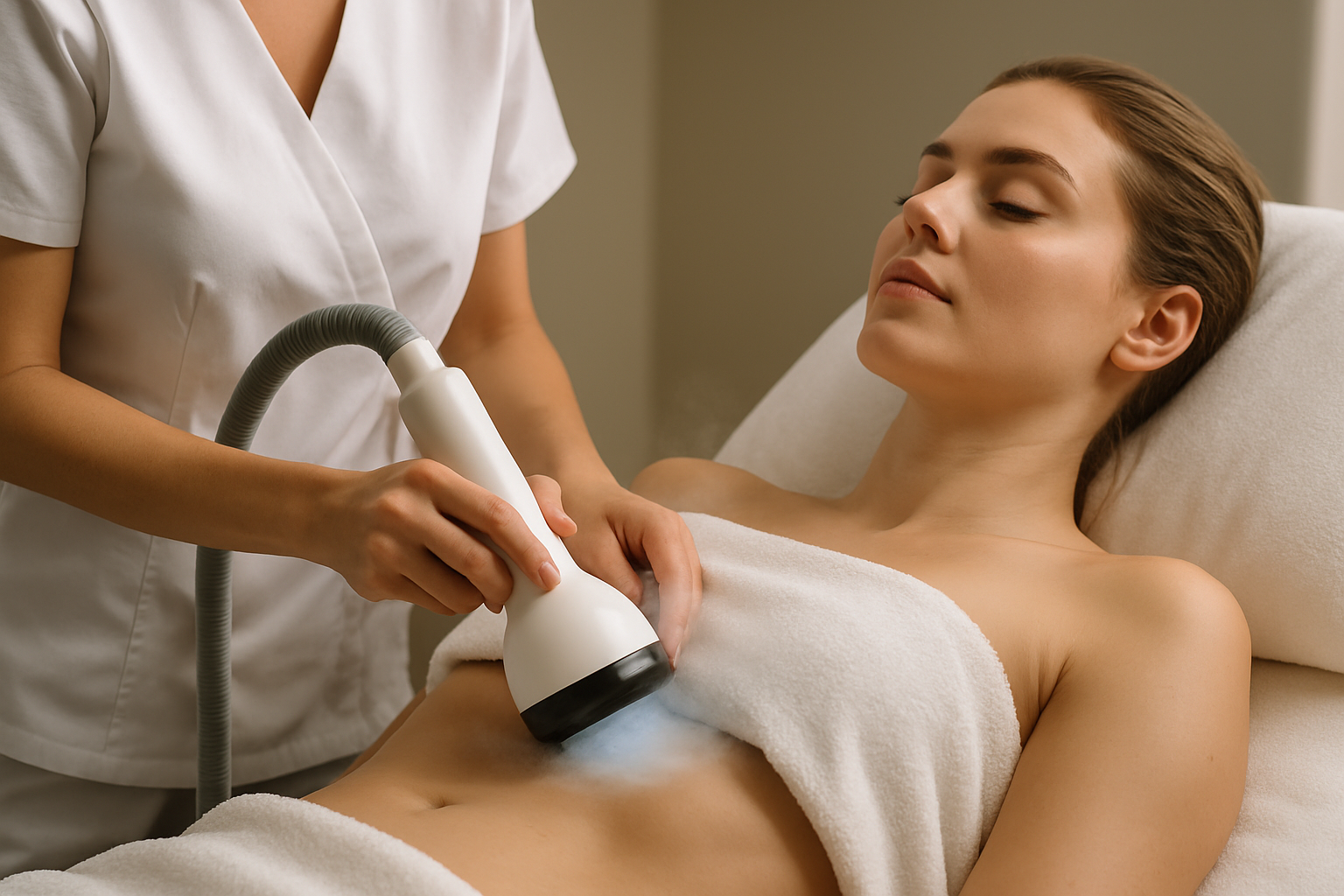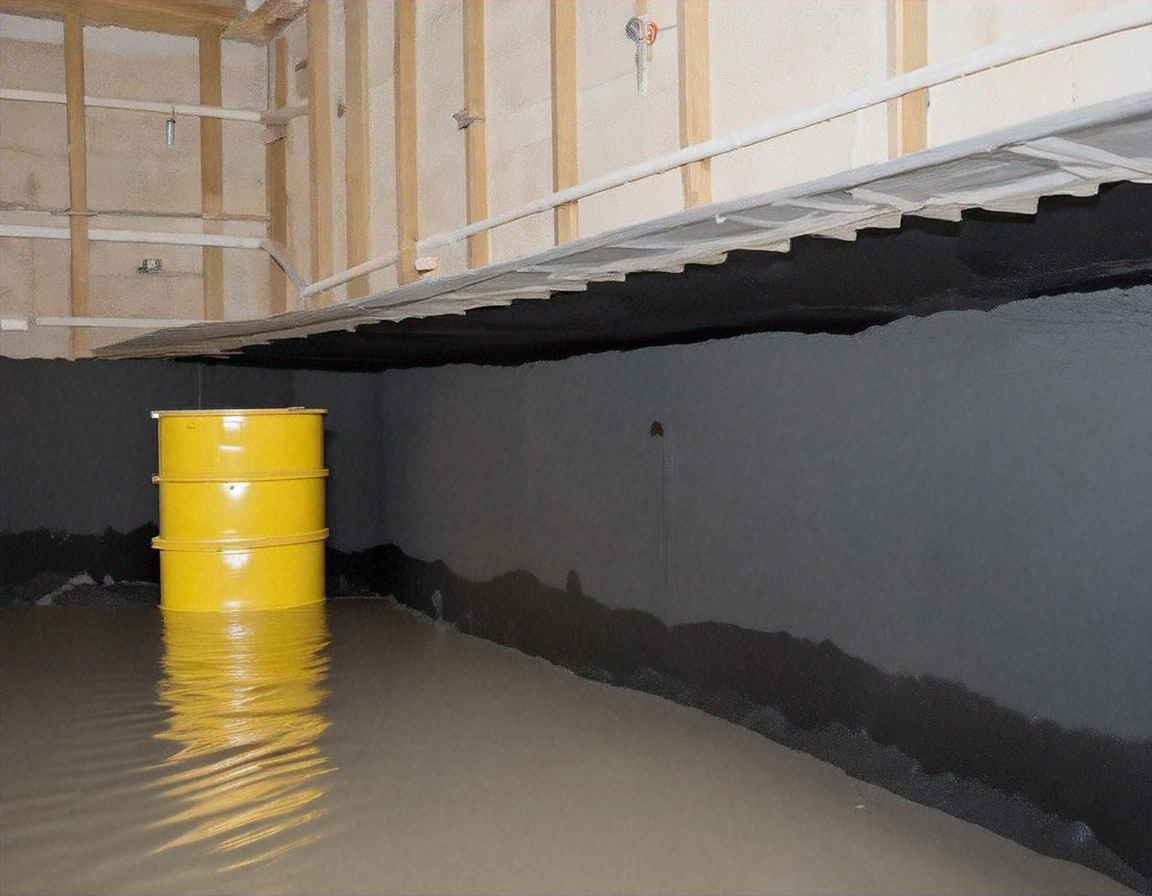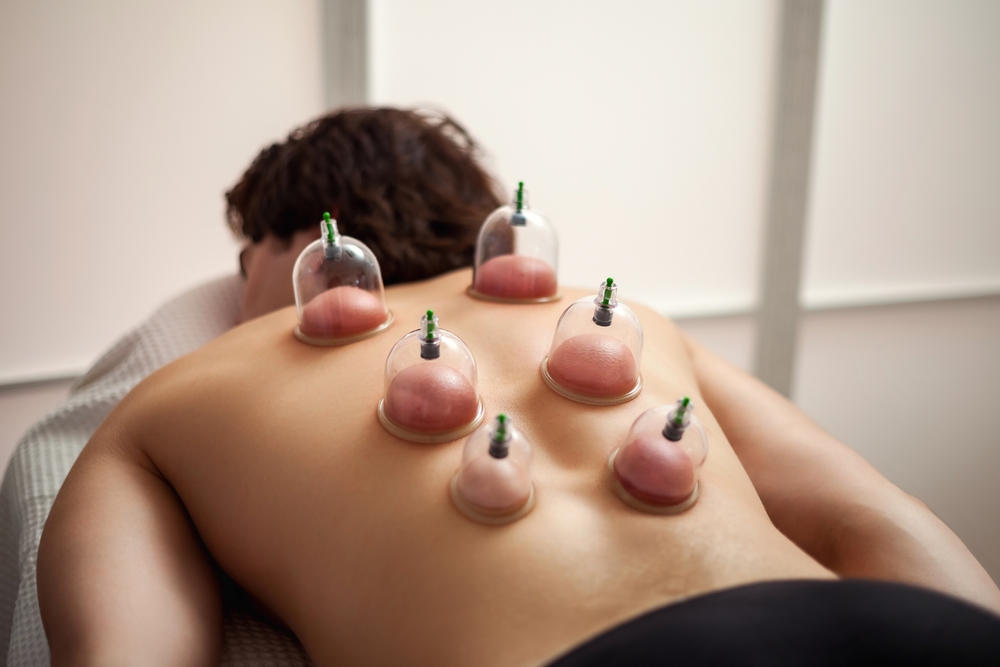The science behind modern double chin reduction
A double chin, medically known as submental fullness, affects people of all ages and body types. While genetics, weight gain, and aging can all contribute to its development, modern aesthetic medicine offers several scientifically backed solutions. Understanding the mechanisms behind these treatments helps individuals make informed decisions about which approach might suit their needs best.

The appearance of excess fat and loose skin beneath the chin has long been a cosmetic concern for many individuals. Recent advances in non-invasive and minimally invasive technologies have transformed how practitioners address this area. These methods work through different biological mechanisms, each targeting specific aspects of submental fullness with varying degrees of effectiveness and recovery time.
Fat freezing for the chin
Cryolipolysis, commonly known as fat freezing, operates on the principle that fat cells are more vulnerable to cold temperatures than surrounding tissues. During treatment, a specialized applicator applies controlled cooling to the submental area, typically maintaining temperatures between -11°C and 5°C. This process triggers apoptosis, a natural cell death mechanism, in adipocytes (fat cells) without damaging the skin, nerves, or other structures.
The body gradually processes and eliminates these damaged fat cells through the lymphatic system over two to four months. Clinical studies have demonstrated fat layer reduction of approximately 20-25% in treated areas after a single session. Most patients require one to three treatments spaced several weeks apart to achieve desired results. Side effects generally include temporary numbness, redness, and mild swelling that resolve within days to weeks.
Neck tightening explained
Skin laxity beneath the chin often accompanies or exists independently of excess fat accumulation. Several approaches address this concern through different mechanisms. Injectable treatments using deoxycholic acid work by disrupting fat cell membranes, causing them to release their contents and subsequently be metabolized by the body. This process also stimulates some collagen production, contributing to modest skin tightening.
Ultrasound-based therapies deliver focused energy to deeper tissue layers, typically at depths of 3-4.5mm beneath the skin surface. This thermal energy creates controlled micro-injuries that trigger the body’s wound healing response, stimulating neocollagenesis (new collagen formation). Results develop gradually over two to three months as new collagen remodels the treated area. Studies indicate improvements in skin laxity and jawline definition lasting 12-18 months on average.
Thread lifting represents another approach, using absorbable sutures with tiny cones or barbs inserted beneath the skin. These threads provide immediate mechanical lifting while stimulating collagen production as they dissolve over six to eight months. The technique suits patients with mild to moderate skin laxity seeking subtle improvements without surgery.
Radiofrequency tightening
Radiofrequency (RF) technology delivers electromagnetic energy that penetrates the dermis and subcutaneous layers, generating heat through tissue resistance. When tissues reach temperatures of 40-45°C, controlled thermal injury occurs, triggering immediate collagen contraction and long-term collagen remodeling. This dual mechanism produces both instant tightening and progressive improvement over subsequent months.
Monopolar, bipolar, and multipolar RF devices differ in how they deliver energy and the depth of penetration achieved. Monopolar systems typically penetrate deeper, reaching the subdermal fat layer, while bipolar devices focus on more superficial dermal layers. Newer fractional RF technologies combine radiofrequency with microneedling, creating controlled micro-injuries that enhance collagen stimulation while allowing faster healing.
Treatment protocols usually involve multiple sessions, with most practitioners recommending four to six treatments spaced two to four weeks apart. Patients typically notice gradual improvements beginning around four weeks post-treatment, with optimal results appearing at three to six months. Maintenance treatments every six to twelve months help sustain outcomes. The procedure involves minimal downtime, with most people experiencing only mild redness and slight swelling for 24-48 hours.
Clinical research has shown RF treatments can improve skin elasticity by 20-30% and reduce submental fat thickness by 10-15%. These technologies work best for individuals with mild to moderate skin laxity and relatively good skin quality. Factors like age, skin thickness, and collagen density influence individual results.
| Treatment Type | Mechanism | Typical Sessions | Expected Results |
|---|---|---|---|
| Cryolipolysis | Fat cell destruction via cold | 1-3 treatments | 20-25% fat reduction |
| Injectable treatments | Fat cell membrane disruption | 2-6 treatments | Moderate fat reduction, mild tightening |
| Ultrasound therapy | Thermal collagen stimulation | 1-2 treatments | Skin tightening, jawline definition |
| Radiofrequency | Heat-induced collagen remodeling | 4-6 treatments | 20-30% elasticity improvement |
| Thread lifting | Mechanical lift, collagen stimulation | 1 treatment | Immediate lift, gradual improvement |
The choice between these approaches depends on individual anatomy, the primary concern (excess fat versus skin laxity), desired downtime, and budget considerations. Many practitioners now combine modalities for comprehensive results, such as pairing fat reduction treatments with skin tightening procedures. Consultation with qualified professionals helps determine the most appropriate strategy based on specific circumstances and realistic outcome expectations.
Understanding the scientific principles underlying these treatments empowers individuals to have informed discussions with practitioners and set appropriate expectations. While none of these methods replicate surgical results, they offer viable alternatives for those seeking improvement without the risks, costs, and recovery associated with invasive procedures.



